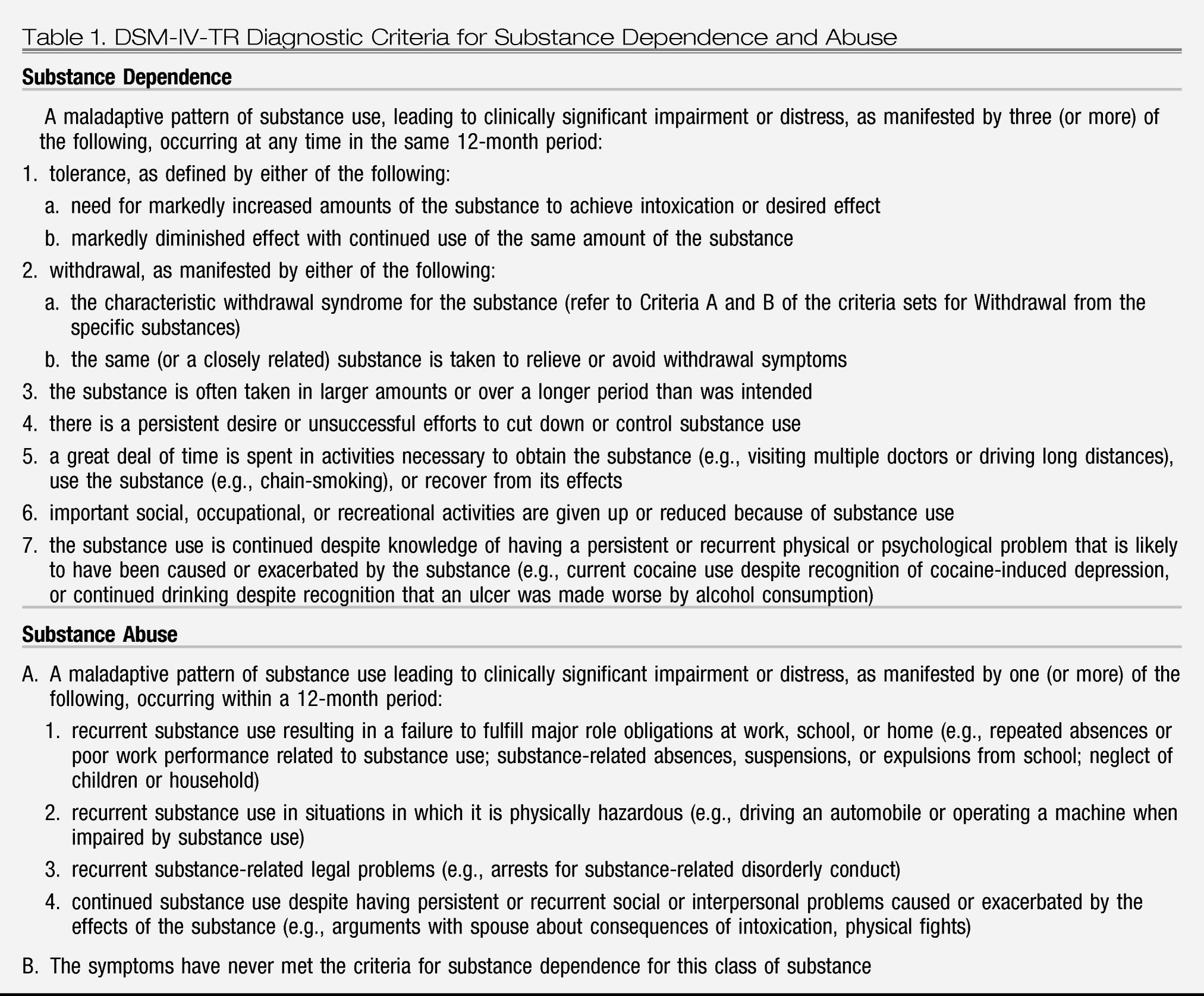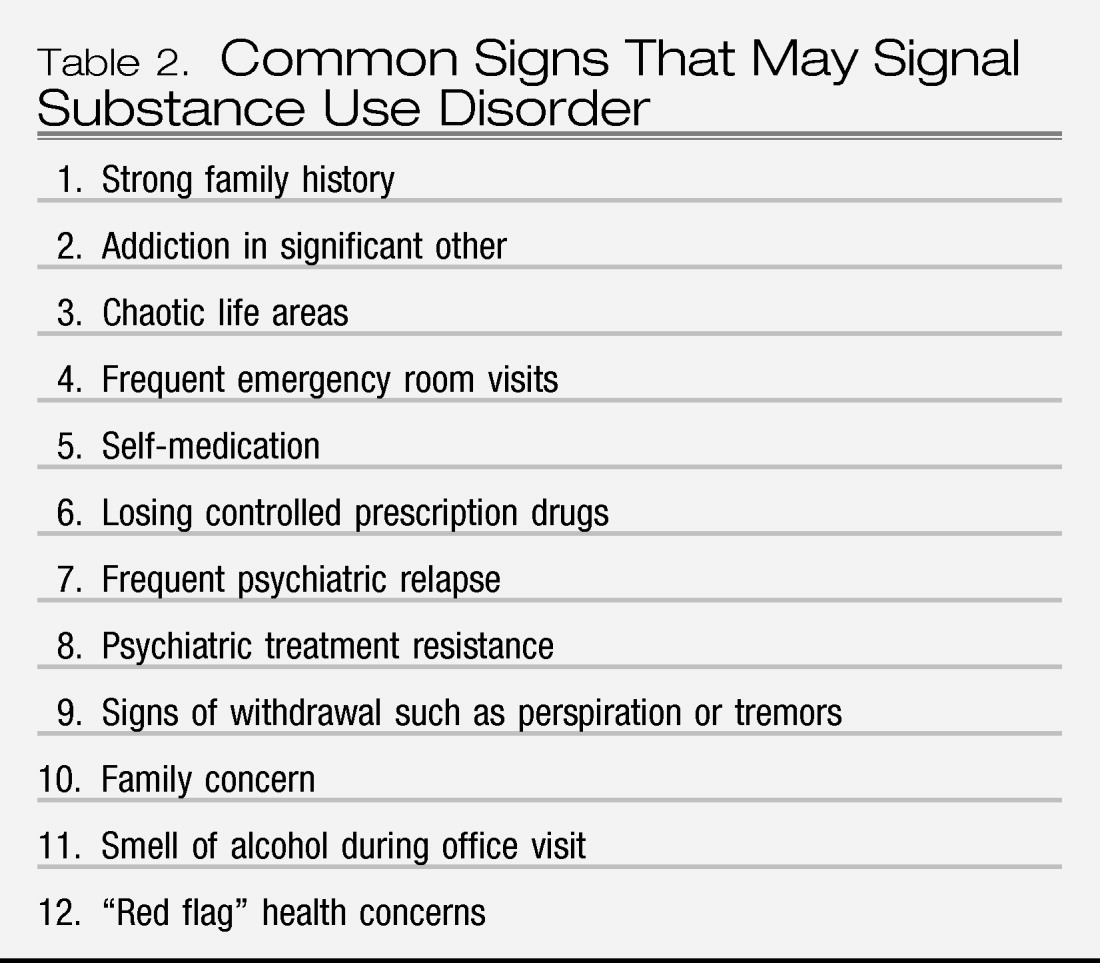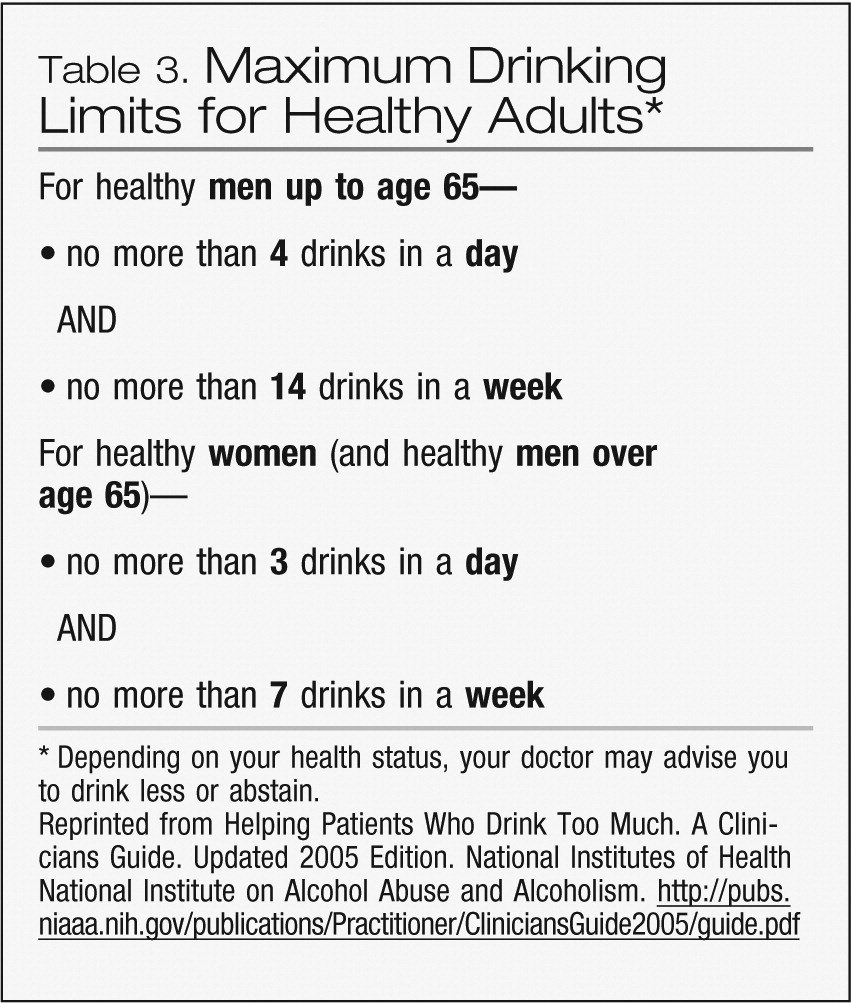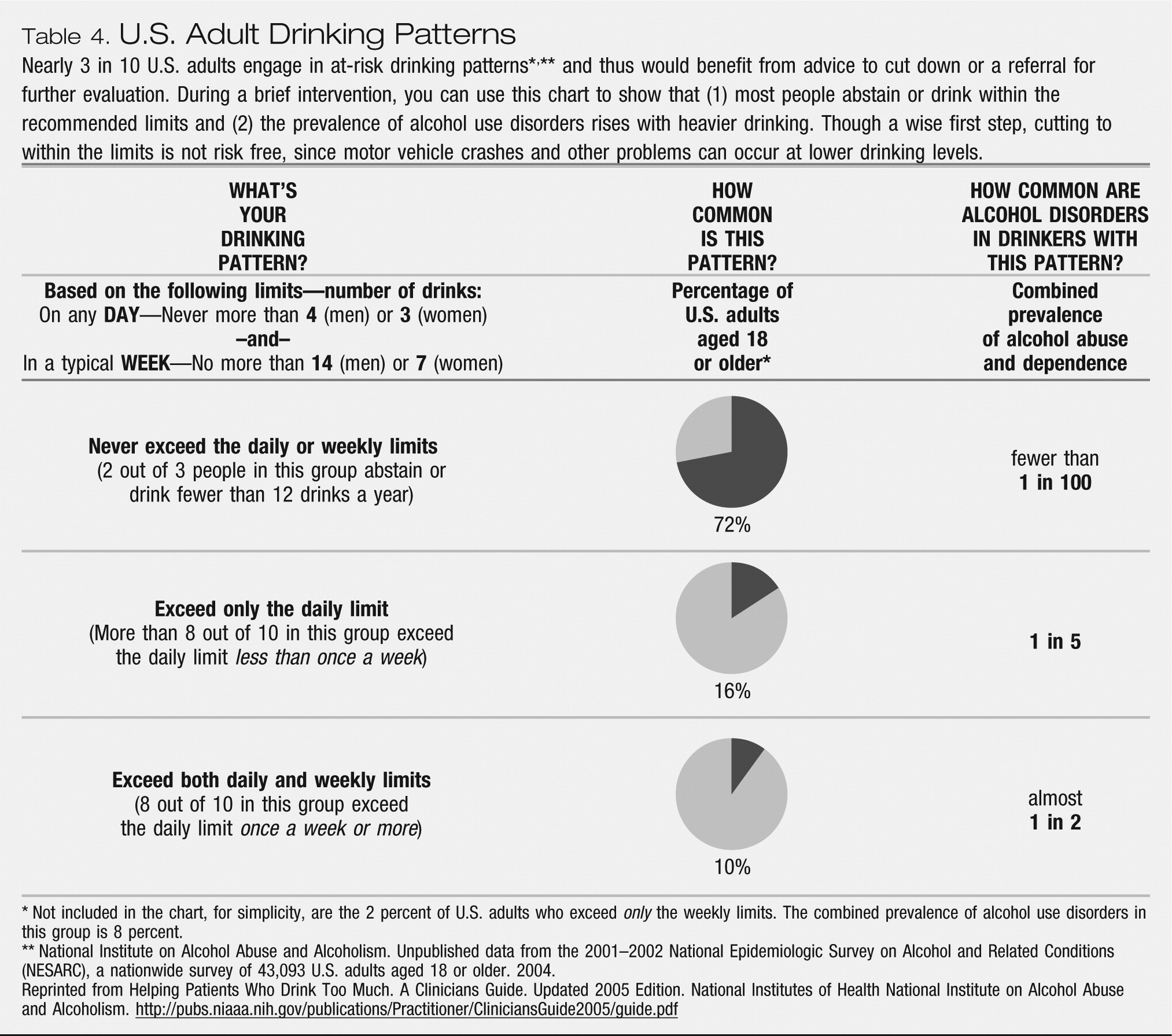Medications used in the treatment of addictions are increasing in importance as more is learned about which ones to use and in whom to use them. Despite the growth in the number of effective medications, none will supplant the usefulness of psychotherapy or social attention in the foreseeable future.
The accelerated growth in pharmacotherapeutics may be attributed to scientific advancements, primarily in understanding the neurobiology of addiction. The length of time between the marketing of medications that target substance dependence has been shortening over the past 50 years. The best example is the treatment of alcohol dependence in the United States. Disulfiram (Antabuse) became available in 1951, followed by naltrexone (Revia) 40 years later and acamprosate (Campral) followed only 10 years after naltrexone. A similar pattern emerges for medications developed for both nicotine and for opioids.
Pharmacotherapy for opioid dependence.
Methadone. The medications available for treatment of opioid dependence are methadone, buprenorphine, and naltrexone. For four decades maintenance with methadone has been the mainstay of treatment. Methadone is a full μ-opioid agonist. This means it fully attaches to the receptor to produce effects similar to those of other opioids that fully attach to the receptor, such as heroin. The difference between methadone and heroin is pharmacodynamics. Methadone has a slower, steadier action compared with the quick burst of euphoria that heroin produces. When methadone is securely attached to the μ-opioid receptor, the “high” heroin generates is negligible. With compliance, methadone maintenance improves employment records, curtails criminal activity, decreases the risk of needle-sharing, and reduces morbidity from HIV infection (
45,
46). The dose of methadone that is effective depends on the individual's habit.
Methadone has received a great deal of criticism despite the positive effect it has on life circumstances. It is dispensed through federally registered clinics; however, clinics are sometimes situated in locations with high crime rates. There may be a paucity of support resources, and addicts may divert methadone by selling their quotas for profit.
Buprenorphine. Buprenorphine, the other maintenance treatment for opioid dependence, became available for office-based prescription in 2002. Licensure to prescribe buprenorphine requires physicians to complete a brief course and have access to referral resources that are capable of providing psychosocial services. Buprenorphine is a μ-opioid partial agonist with enough agonist activity to prevent craving and enough antagonist activity to block the euphoria of opioids. Another benefit of a partial agonist is its ceiling effect. An increased dose does not correlate with an increased drug effect; thus, death from overdose is rare. Buprenorphine is typically administered in a sublingual tablet of a buprenorphine/naloxone combination in a 4:1 ratio. Adding the naloxone antagonist causes significant withdrawal symptoms when the combination tablet is used intravenously, which further decreases its potential for diversion to the street for profit (
47).
Not all patients are good candidates for treatment with buprenorphine. High-dose heroin users may not be satisfied with partial agonist treatment. Sedatives and alcohol elevate the risk of death in buprenorphine overdose. The patient needs to follow through with an office-based treatment program and commit to the rules of the program (
48).
Naltrexone. Naltrexone is an opioid antagonist. It blocks the receptor site, which prevents an agonist from attaching to produce drug effects. Because it does not activate the receptor site, it lacks opioid effects and does not prevent craving. Addicts seldom prefer antagonist treatment, and the retention rate is low. The incentive for abstinence must be greater than the desire to use opioids. Most heroin addicts are poor candidates for naltrexone. On the other hand, people whose livelihoods depend on remaining drug-free are good candidates for naltrexone. Medical professionals constitute one such group. Their licensing boards can mandate the requirements necessary to maintain licensure. These are likely to include documented administration of the medication and random urine samples. Naltrexone should not be administered until 7 days after one's last dose of an opiate (
9, pp 162–169).
Pharmacotherapy for alcohol dependence.
Disulfiram. Disulfiram (Antabuse) was the first U.S. Food and Drug Administration (FDA)-approved treatment for alcohol dependence. To some degree, newer medications have supplanted its use. However, it remains a potent aversive medication for patients with relapsing alcohol dependence. Those with experience treating patients with disulfiram have a deep appreciation for the sobriety patients can achieve as part of a monitored, abstinence-based program. However, the liabilities of disulfiram are better known than its potential benefits. Patients who do best participate in a monitoring program administered through a clinic or other agency or perhaps a spouse. The added psychological benefit may be that each day the patient decides to take disulfiram, he or she decides not to drink. Some patients take it during high-risk situations such as social occasions where alcohol will be served. It may be administered on a 3- to 4-day cycle, which makes it more conveniently prescribed in an office-based practice. Cyclic administration works because enzyme inhibition can be adequately effective for 6 days, even though the product's insert carries the warning that a reaction can occur as long as 15 days after the last dose (
49). The patient's blood alcohol content should be zero before the first dose of disulfiram. Some patients find they can drink while taking a 250-mg dose. In that case, an adjustment to 500 mg is indicated.
Disulfiram interferes with the liver's degradation of alcohol. Under normal circumstances ethyl alcohol is metabolized to acetaldehyde, which the enzyme aldehyde dehydrogenase further breaks down to acetate. However, when disulfiram inhibits the action of aldehyde dehydrogenase, then acetaldehyde increases to toxic levels. This leads to skin flushing, headache, and nausea. One safeguard for patients is that when they feel mild symptoms within minutes of drinking, they usually stop and avert advanced symptoms. The effect is dose-related, and a reaction typically lasts 30–60 minutes. In severe reactions there can be hypotension and respiratory distress. If an ethanol-disulfiram reaction occurs, the patient must know what to expect. The safest route is assessment in an emergency department where treatment is supportive; however, many episodes are self-limiting (
50).
The risk of hepatitis is rare; however, it has the potential for significant morbidity and even mortality. Baseline liver function tests should be obtained, with testing again after 1 month and again after 3–4 months. Hepatitis is most likely to occur within the first several months of treatment (
51). Patients must be carefully selected for their physical health and psychiatric health status, cognitive abilities, social stability, and treatment resources to make compliance realistic. The prescribing psychiatrist has a responsibility to become a miniexpert in the use of disulfiram before prescribing it.
Naltrexone. Alcohol has a complex mechanism of action, affecting several neurotransmitters including γ-aminobutyric acid (GABA), glutamate, dopamine, and opiate systems. Because of this, medications that act on different systems may be effective in treating alcohol dependence. In 1994, naltrexone, an opioid antagonist, became available for use in the treatment of alcohol dependence. Its ability to block the μ-opioid receptor leads to suppression of an alcohol-induced rise in β-endorphin levels. Because naltrexone attenuates the rewarding effects of alcohol, compliance may be a problem. In such a situation, the physician might consider the once-monthly depot preparation. A key to the effectiveness of naltrexone is enhancing adherence; greater efforts to counsel patients or the use of depot medications are ways to accomplish this.
The ideal patient for naltrexone therapy seems to be one who is motivated to stop drinking, has episodes of heavy intake, experiences strong craving, and has a family history of alcohol dependence (
52–
54). The individual should be past the risk of alcohol withdrawal. Drug testing should confirm the patient's report that neither illicit nor prescription opioids are in his or her system. Baseline liver enzyme levels should be obtained, and tests should be repeated every month during treatment. Hepatotoxicity may occur in some patients although it is most likely to occur in obese patients treated with doses of ≥100 mg daily (
54). Any patient taking naltrexone should carry a medical card to alert health care providers that the patient takes the medication and that opiate analgesics are ineffective in patients taking naltrexone.
Acamprosate. Acamprosate acts on the GABA and glutamate systems. One theory is that it attenuates protracted withdrawal symptoms, theoretically making it ideal for patients who struggle with severe alcohol dependence. Another possible mechanism is to modulate the patient's response to cues that would typically trigger drinking episodes. Since its FDA approval, the medication has failed to gain a robust following. It is not known why results of European studies have been favorable but results in the United States have been less so. It may be that a subtype of alcoholism responds preferentially (
53). Acamprosate is excreted by the kidneys and is not metabolized in the liver, which makes it advantageous in patients with liver disease. This medication is associated with few side effects.
Nonapproved medications. Of the nonapproved medications, topiramate holds the most promise at this stage. It potentiates GABAergic transmission, blocks certain glutamate receptors, and probably dampens the rewarding effects of alcohol. Side effects tend to be mild, with the exception of an increased risk of kidney stones. Baclofen, like topiramate, acts on the GABA system. Excreted by the kidneys, it too has potential for those with established liver disease. Its efficacy has been demonstrated in small trials (
53). Until its utility is proven in larger studies it remains in the category of promising medications, especially in early-onset alcohol dependence. Odansetron, a serotonin-3 receptor antagonist, has garnered long-standing interest (
55). At present, it is used to treat nausea from chemotherapy and other medical problems. It is not available in doses needed for patients with alcohol dependence, and its use is limited to research trials.
In a recent article, Johnson (
56) presented cases in which treatment was based on clinical subtyping, informed by scientific knowledge of how medications exert their effects, patients' clinical presentations, and the medication side effects. Typology has long been considered key to the clinical understanding and ultimate treatment of alcohol-dependent patients (
57–
60). Subtyping alcoholism shows promise as a method of choosing the correct pharmacotherapeutic agents, especially as a broader range of medications become available. In the future, pharmacogenetics may provide additional guidance (
56).





